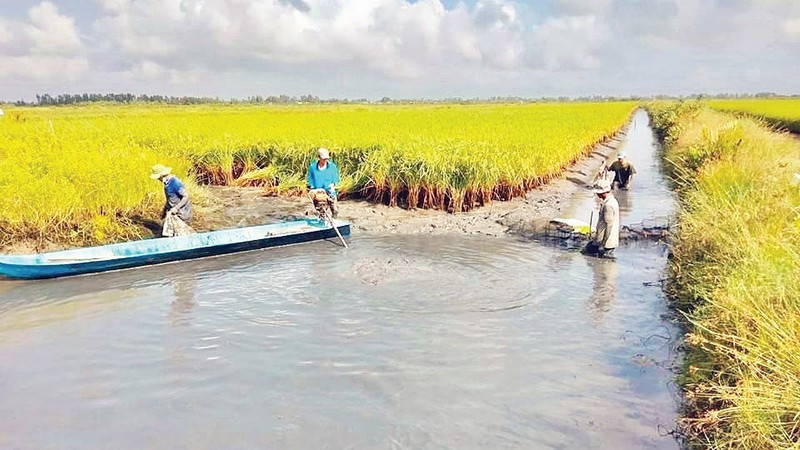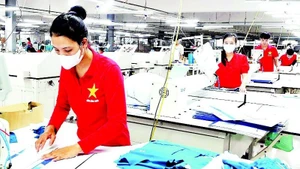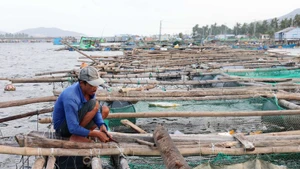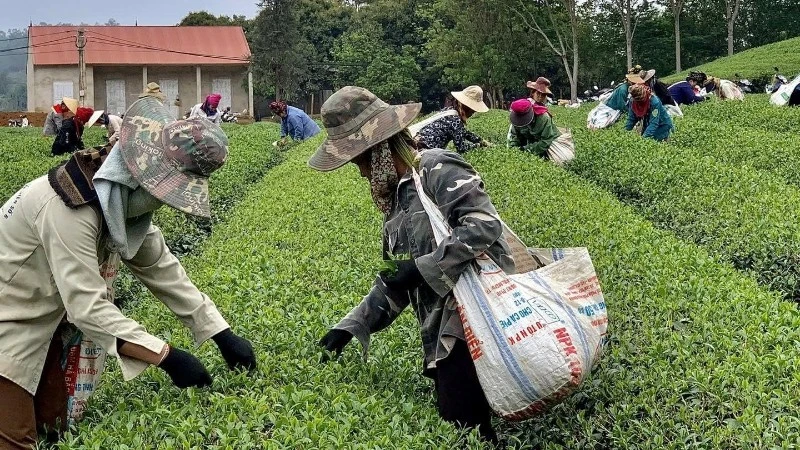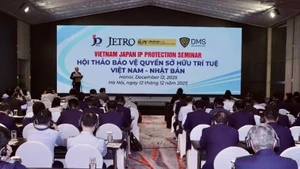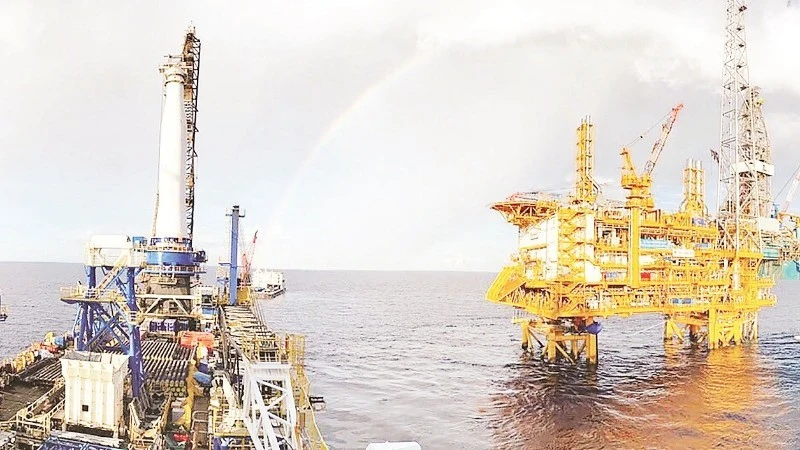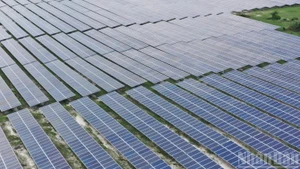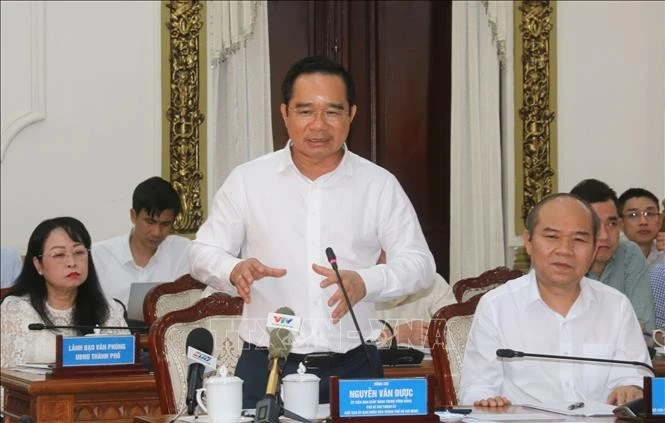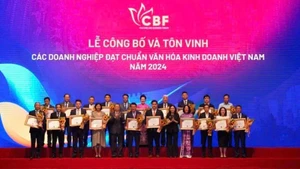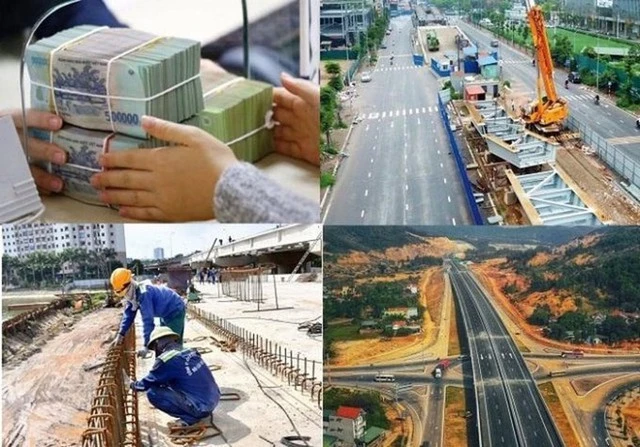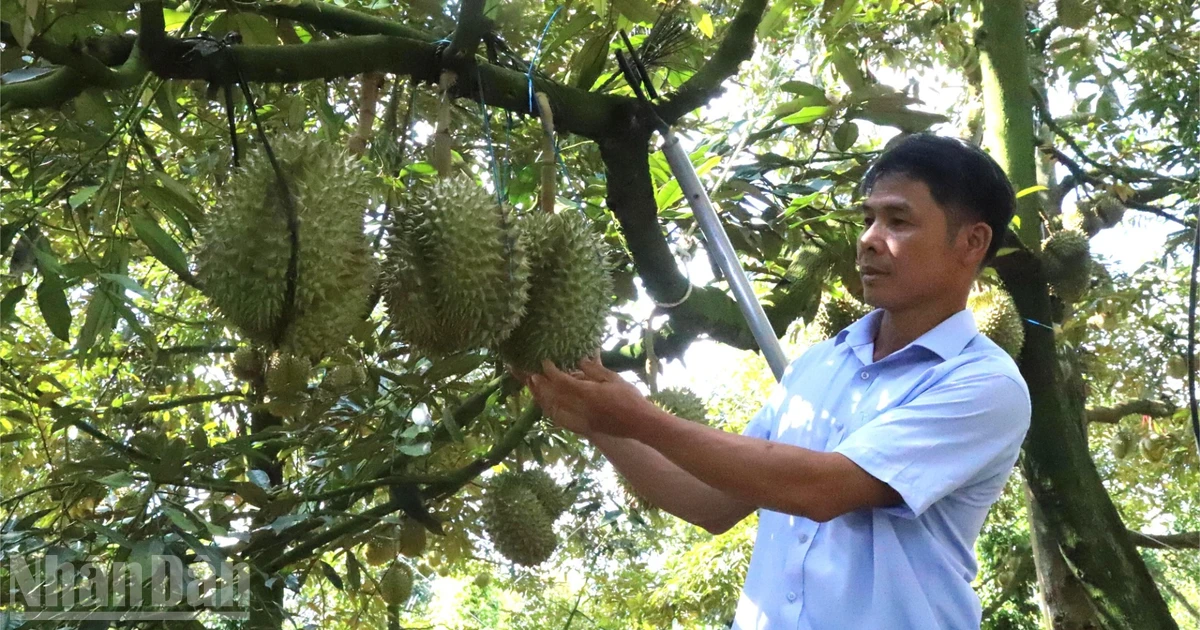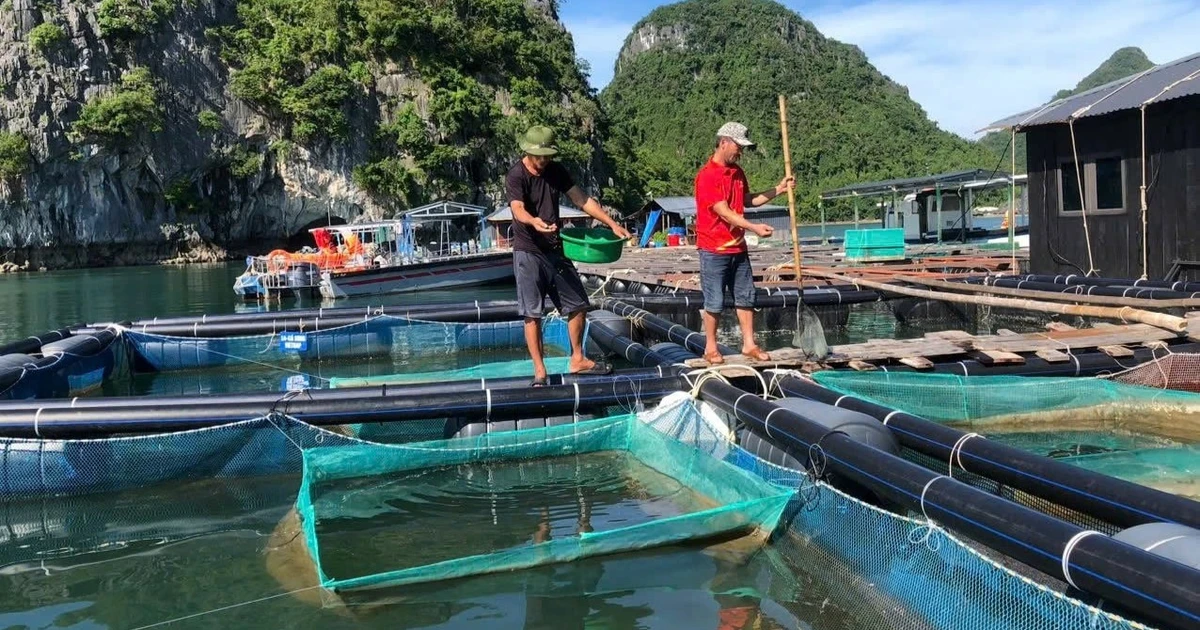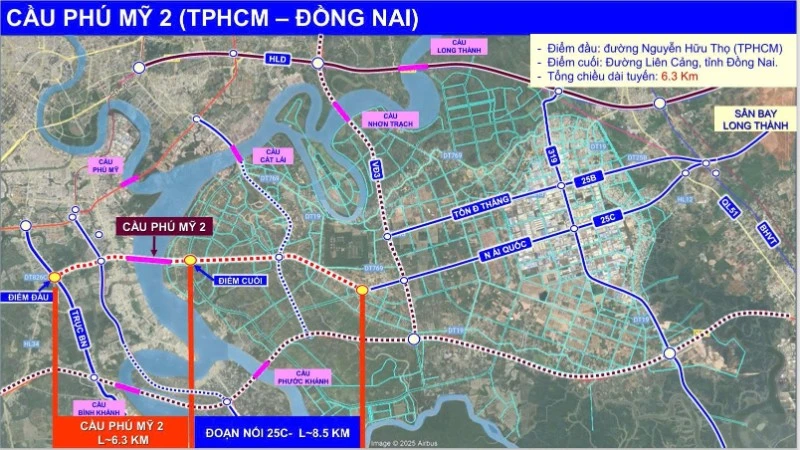During the visit to agricultural production models with high economic effectiveness — such as the Ba Dinh General Agricultural Cooperative (Vinh Loc Commune, former Hong Dan District, now under Ca Mau Province), the Bac Lieu Fragrant Rice–Clean Shrimp Cooperative Alliance (Hoa Binh Commune), and the Shrimp Farming Cooperative (Dong Hai Commune) — we learnt more about the methods that have helped many farming households gain wealth from their rice fields and shrimp ponds.
Fragrant rice–clean shrimp model
For years, members of the Ba Dinh General Agricultural Cooperative in Vinh Loc Commune have been producing high-quality rice while building brand, packaging, and design under the “One Commune, One Product” (OCOP) programme launched by the locality. Accordingly, apart from cultivating traditional rice varieties on shrimp-farming land such as OM, fragrant Dai, and BL9, many households have recently switched to premium fragrant rice varieties like ST24 and ST25, applying clean and organic farming methods without harmful chemicals. As a result, their products have not only been consumed in domestic market but also exported to foreign markets, bringing high economic value.
Many farming households have shared that thanks to applying the “one rice crop, one shrimp crop” model — rotating or intercropping rice and shrimp on the same area — they have earned high profits of 80–100 million VND per hectare. Some outstanding households have been collecting 140–150 million VND per hectare per year. Thanks to this model, many farming families in Ba Dinh General Agricultural Cooperative in Vinh Loc Commune have “changed their lives,” prospering through the combined cultivation of rice and shrimp.
Expressing satisfaction with these results, Nong Van Thach, Director of the Ba Dinh General Agricultural Cooperative, said that over the past few years, the rice–shrimp model has brought high effectiveness, opening a new direction for local livelihoods. It has not only helped many households improve their income but also helps the cooperative ensure a stable market for its members, ending the old story of “good harvest, falling prices” as previously.
According to engineer Luu Hoang Ly, former Director of the Department of Agriculture and Environment of the former Bac Lieu Province and who had been an agricultural manager for a long-time, affirmed that rice–shrimp production is a combined economic model that supports each other in the production chain. With its significant benefits, the model represents a sound development direction that should be expanded more widely.
However, according to many farming households, beside the encouraging models and results, many farmers in the region still spontaneously apply shrimp. Many regions have carried out improved extensive and super-intensive farming zones but still lack irrigation, electricity, in-field transport, and wastewater treatment systems. The environmental monitoring network is limited, posing serious risks of disease and pollution. Farming households find it difficult to operate or form effective linkages on their own without support from local authorities and relevant agencies.
Thanks to applying the “one rice crop, one shrimp crop” model — rotating or intercropping rice and shrimp on the same area — they have earned high profits of 80–100 million VND per hectare. Some outstanding households have been collecting 140–150 million VND per hectare per year.
In conversations with farmers from wards Hiep Thanh and Vinh Trach and communes Vinh Hau and Dong Hai, a large number of farmers said that shrimp farming along the coast has become increasingly difficult due to severe water pollution. Poor control over seed shrimp quality has led to frequent disease outbreaks and massive shrimp mortality, leaving many farmers in debt. They emphasised that to ensure high productivity and profitability in both shrimp farming and rice cultivation, the role and responsibility of authorities and relevant agencies are indispensable.
Enriching from high-quality rice varieties
In the rice–shrimp areas of Phuoc Long, Hong Dan, Gia Rai and Lang Tron of formerly Bac Lieu Province, now part of Ca Mau Province), farmers have been delighted in recent years as rice prices have risen sharply, particularly for high-quality fragrant rice varieties ST24 and ST25, which at times reached record prices of 13,000–14,000 VND per kilogram. These rice varieties have developed well and brought high productivity, however, some farmers’ products fail to meet the market demand.
“If you only grow rice without raising shrimp, the yields aren’t good; but if you only farm shrimp, after a few seasons they die from disease. That’s why the rotation farming model, where each supports the other, is essential. Since adopting it, our living standards have improved markedly,” said Tran Van Than from Vinh Loc A Commune, Ca Mau Province.
For the 2025 crop, over 40% of rice–shrimp farming areas of communes in former Bac Lieu Province have been planted with high-quality ST24 and ST25 varieties. Farmers in Phuoc Long, Vinh Phuoc, Vinh Thanh, Phong Hiep, Hong Dan, Vinh Loc, Ninh Thanh Loi, and Ninh Quoi have chosen the of rice–shrimp farming model because it offers high and sustainable economic effectiveness, helping many households escape poverty and achieve prosperity.
Encouragingly, the total area under the “fragrant rice–clean shrimp” model in these localities has now reached over 43,000 hectares. It has proved high and sustainable economic effectiveness, opening a new direction for farmers to enrich their lives from the land and water right within their own homeland.
